1. Rabbits Love Carrots
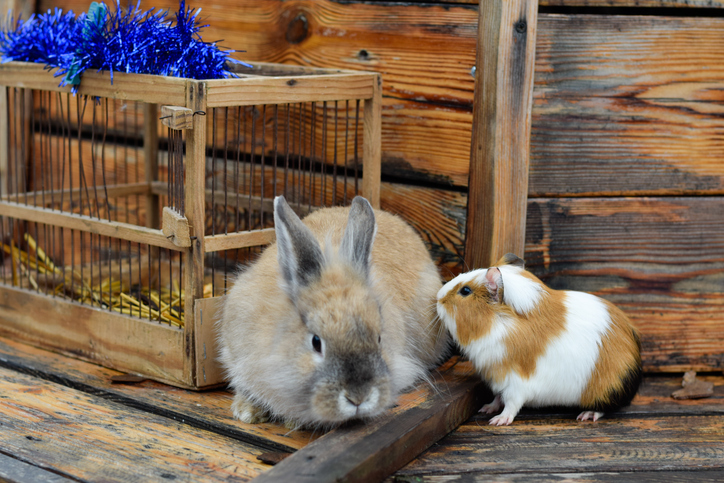
Growing up, we all absorbed animal “facts” from cartoons, parents, teachers, or playground chatter. But many of those lessons turned out to be myths. From Bugs Bunny’s carrots to owls being wise, these stories shaped how we saw the animal world until science corrected them. One of the biggest myths was that rabbits love carrots. Thanks to cartoons, we pictured them munching on orange sticks all day. In truth, carrots are sugary treats, not their main food. Wild rabbits prefer grasses and leafy plants that are gentler on their stomachs. Pet rabbits should only get carrots in moderation. It is like candy to them, not dinner. The myth just stuck because it looked cute and simple for kids to believe.
2. Dogs Only See in Black and White
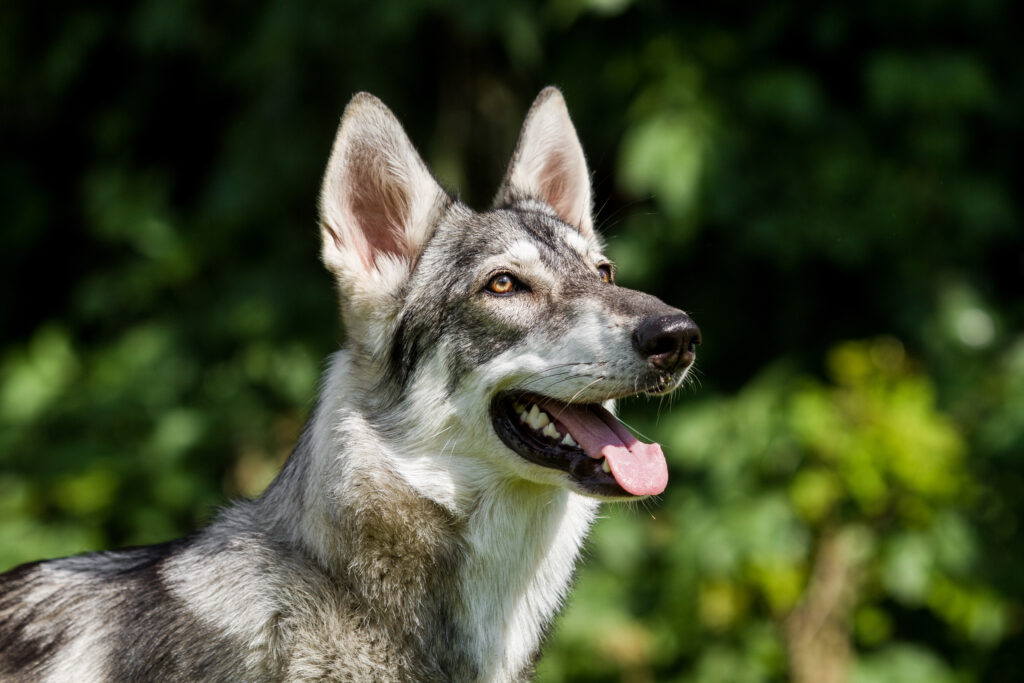
We grew up imagining dogs looking at a dull gray world with no color in sight. But scientists later discovered that dogs actually see some colors, mostly blues and yellows. They do not perceive reds or greens the way humans do, but their vision is far from colorless. Their eyes are specially tuned to detect motion and contrast, which helps them chase, hunt, and navigate their surroundings. It turns out they were never living in black and white at all. Their world just looks a little softer and less colorful than ours, yet perfectly suited for how they live. So, while dogs might not see the rainbow, they see what truly matters for their daily adventures and instincts.
3. Cats Always Land on Their Feet
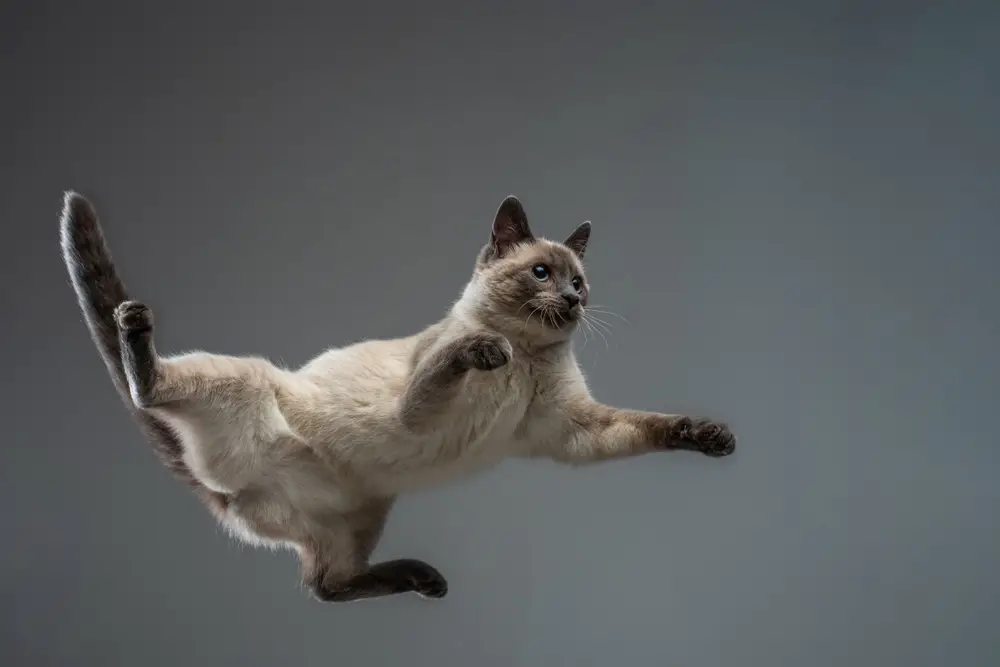
Cartoons made cats seem like superheroes that could fall from anywhere and walk away unharmed. While it is true they have an incredible righting reflex that helps them twist midair to land feet-first, that does not make them invincible. Falls from great heights can still cause serious injuries. Their flexible bodies give them an advantage, but gravity always has the final say. Cats usually survive small tumbles, not tall building drops. The myth came from their remarkable balance and agility, which made people believe they always escape unharmed. In reality, cats are skilled survivors, but they still need protection from danger just like any other living creature with limits to what they can endure.
4. Owls Are Wise
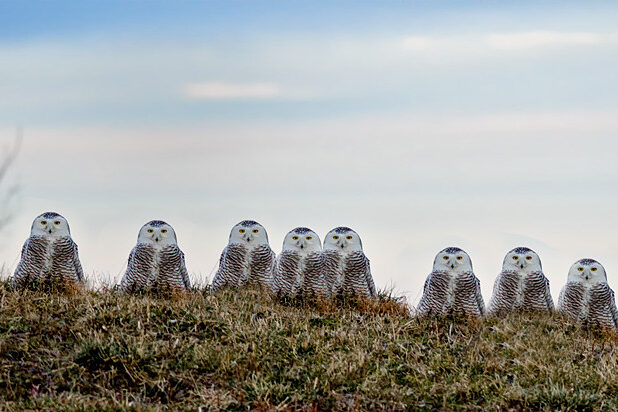
Owls have always carried an air of mystery that made people think they were wise old creatures of the night. Their large, watchful eyes and calm posture added to that image. But intelligence in the animal world is not about appearance. Compared to birds like crows and parrots, owls rely more on instinct than reasoning. They are skilled hunters, not thinkers. They survive by stealth and precision, not problem-solving. Their reputation as symbols of wisdom came mostly from stories, ancient myths, and the way humans admired their quiet nature. In truth, owls are fascinating for their abilities, not their intellect. They are beautiful and mysterious, but their calm silence fooled generations into thinking they were philosophers.
5. Elephants Are Afraid of Mice
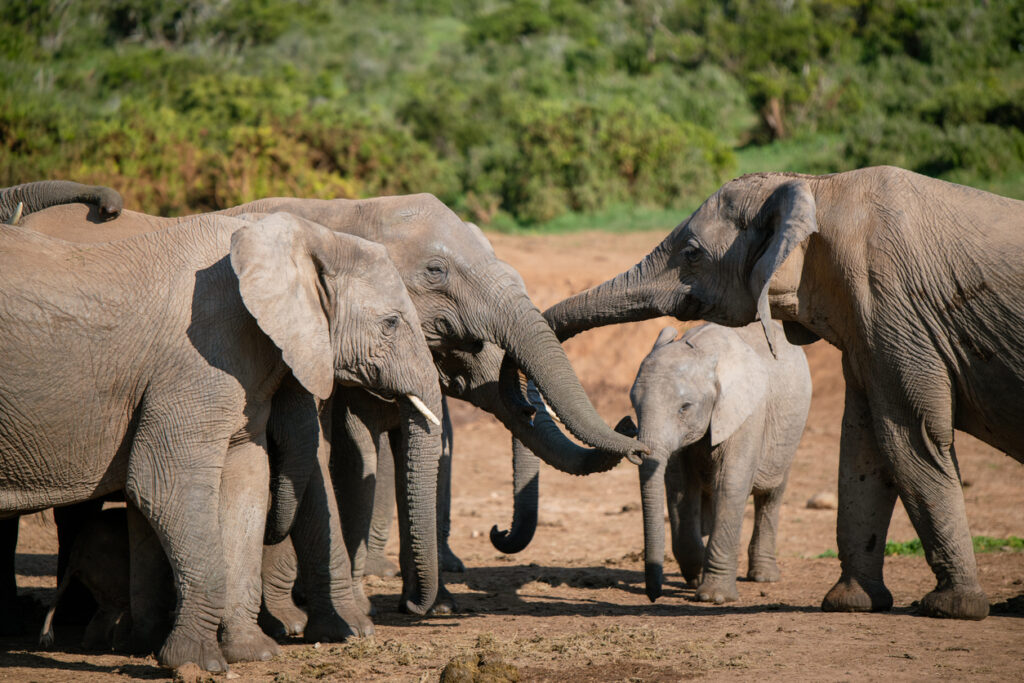
We all remember seeing giant elephants jump in fear at the sight of a tiny mouse. It was funny and strange, but not at all true. Elephants are not scared of mice. They might react to sudden small movements near their feet because they cannot see that low very well, but it is not fear. It is surprise. The myth stuck because the idea of something huge being afraid of something tiny feels ironic and amusing. In reality, elephants are incredibly intelligent and calm animals. They coexist peacefully with all sorts of creatures in the wild. The real story is that elephants fear nothing as small as a mouse, only the things humans create that threaten their survival.
6. Camels Store Water in Their Humps
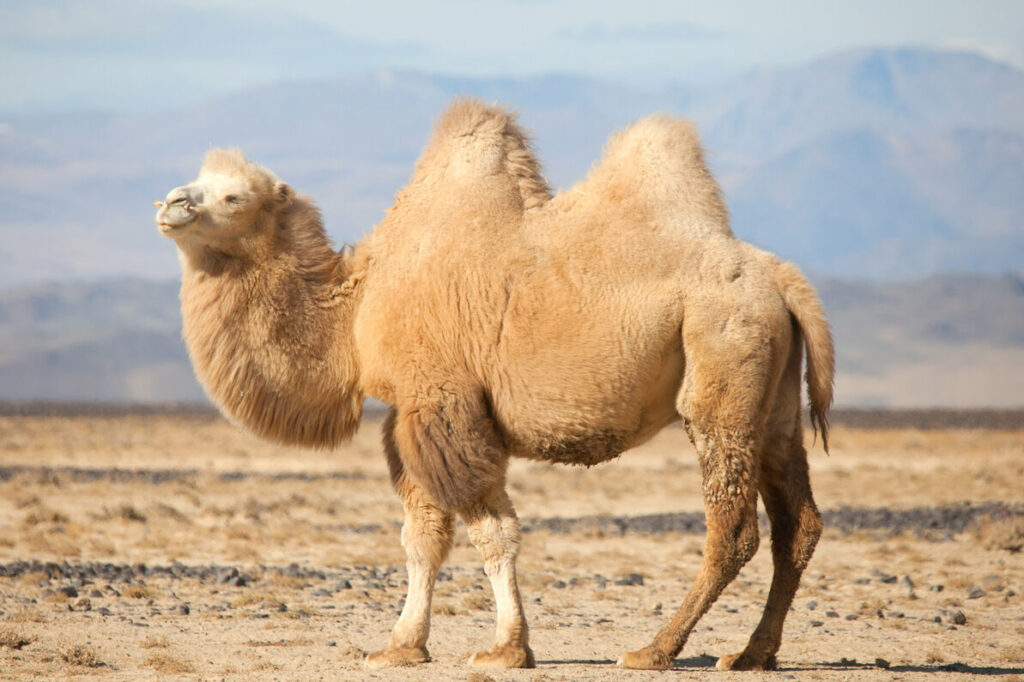
As children, we imagined camels carrying water tanks on their backs, ready to drink from them in the desert. In truth, their humps store fat, not water. That fat gives them energy when food is scarce. Camels survive long, hot days because their bodies conserve water efficiently. They can lose and regain moisture without harm, something few animals can do. The myth probably began because camels thrive in deserts where water is rare, so people assumed their humps worked as storage. The real magic is in their design. Every part of a camel helps it survive the heat, from thick eyelashes to oval blood cells. Their humps are survival packs, not portable water bottles like we were told.
7. Black Cats Bring Bad Luck
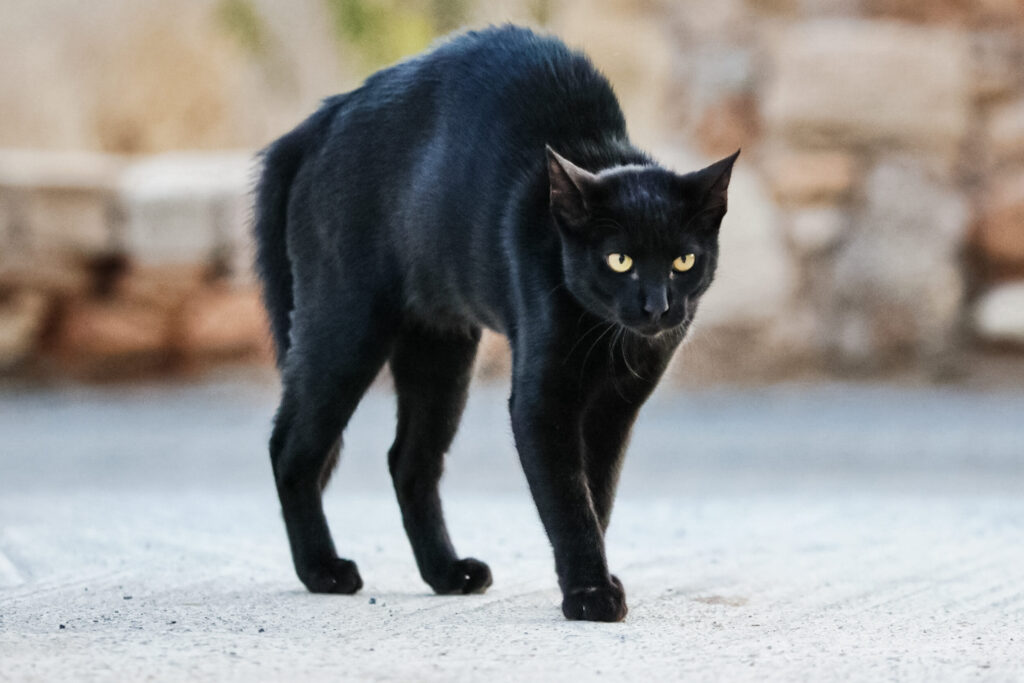
For generations, black cats were said to bring misfortune if they crossed your path. The idea began long ago when people associated them with witches and bad omens. Over time, the superstition grew, and even today some people still feel uneasy around them. The truth is black cats are just like any other cat. They are friendly, playful, and sometimes even more affectionate. In many cultures, they are actually considered symbols of luck and protection. The myth stayed alive because fear and mystery make good stories. But there is nothing unlucky about them. A black cat walking by just means another curious, graceful creature is minding its own business like any other cat in the neighborhood.
8. Toads Give You Warts
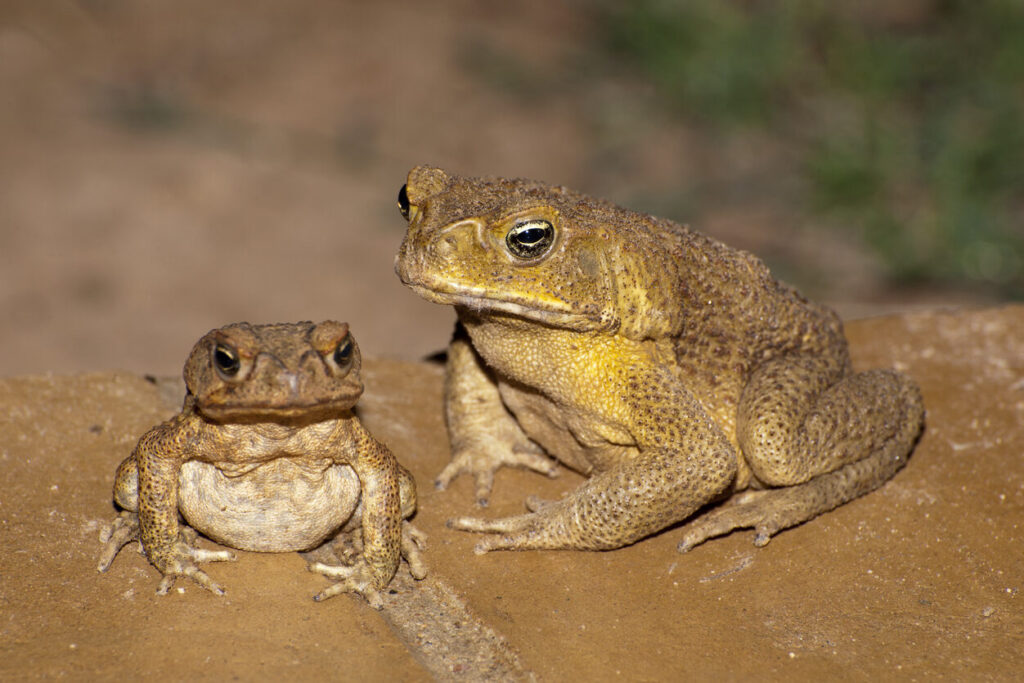
Many kids grew up afraid to touch toads, convinced they would get warts from their bumpy skin. But that old belief could not be further from the truth. The bumps on a toad’s back are not warts at all. They are special glands that help protect them by releasing mild toxins to keep predators away. Human warts come from viruses that only affect people, not from amphibians. The idea probably began because people linked the texture of toads’ skin with the bumps caused by warts. In reality, touching a toad might make your hands smell earthy, but it will not harm you. The only thing toads really spread is misunderstanding, not skin problems or scary childhood fears.
9. Bats Are Blind
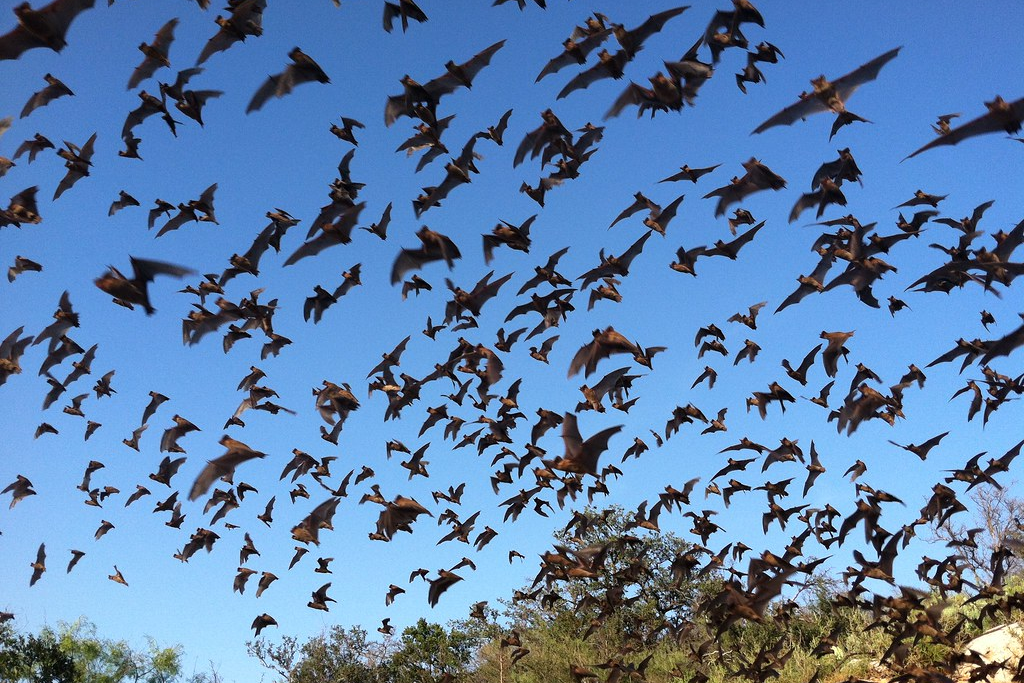
The saying “blind as a bat” painted bats as helpless creatures flapping in darkness. But bats are not blind at all. They see just fine, and some species even see better than humans at night. They also use echolocation, sending out sound waves that bounce back to reveal what is around them. This helps them navigate and hunt in total darkness. They are incredibly skilled at moving through the night sky. The myth stuck because people could not understand how they flew so confidently in the dark. In truth, bats are masters of both sight and sound, perfectly adapted to a nocturnal life. Their world might be different from ours, but it is far from blind.
10. Bulls Hate the Color Red
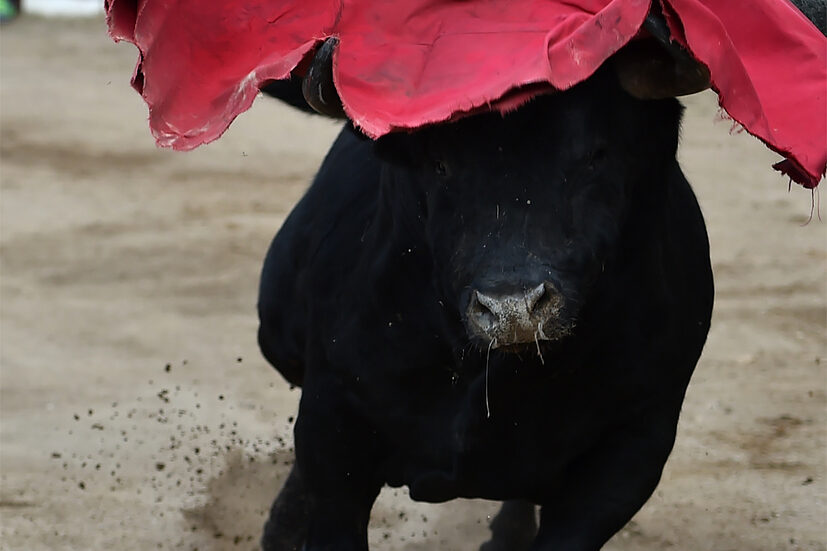
Every child thought bulls charged at red because they hated it. In truth, bulls cannot even see red. They are color-blind to red and green. What actually makes them charge is motion. When a matador waves a cape, the movement triggers the bull’s natural response to defend itself. The myth lasted because red looked dramatic and became a symbol of danger and aggression in stories and performances. In reality, it could be any color cape, and the bull would react the same. Bulls are not angry at red; they are reacting to what they see moving. It turns out they are just responding to instinct, not emotion or color preferences like people once imagined.
11. Penguins Mate for Life
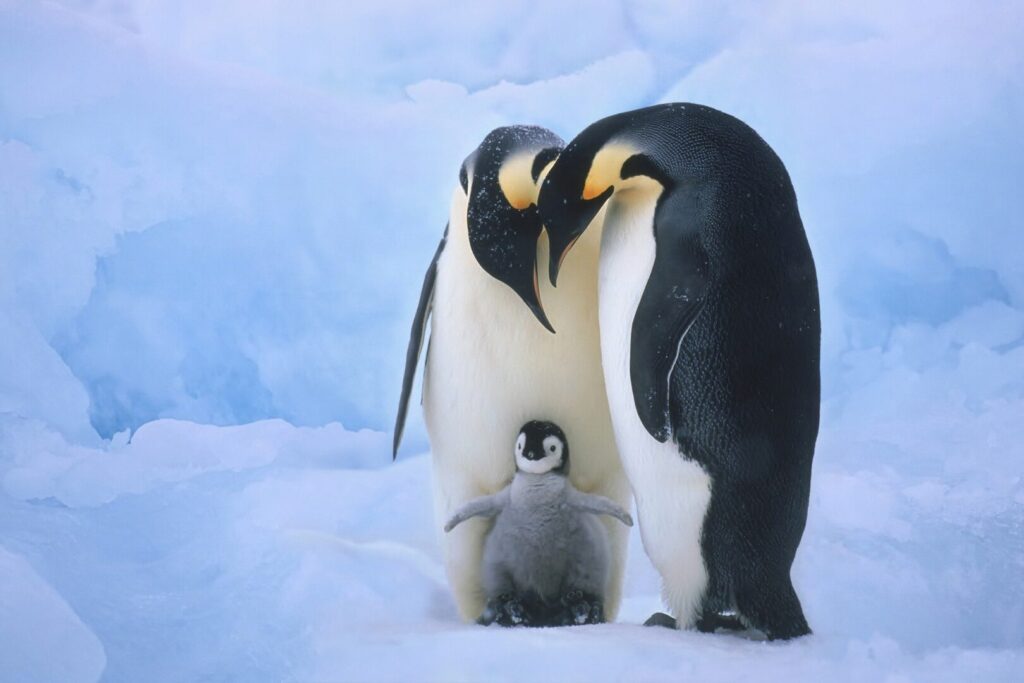
Movies and stories often show penguins as perfect examples of loyalty, pairing for life and raising chicks together forever. The truth is more practical than romantic. Many penguin species stay monogamous only for one breeding season, then find new partners the next year. Their relationships depend on location, timing, and survival, not lifelong commitment. Penguins work together to protect their eggs and chicks, but once the season ends, they move on. The myth probably spread because their family teamwork looked so loving and pure. Still, their devotion during that time is remarkable. Penguins remind us that love can be seasonal but still meaningful while it lasts, built more on shared purpose than eternal promises.
12. Goldfish Have a Three-Second Memory
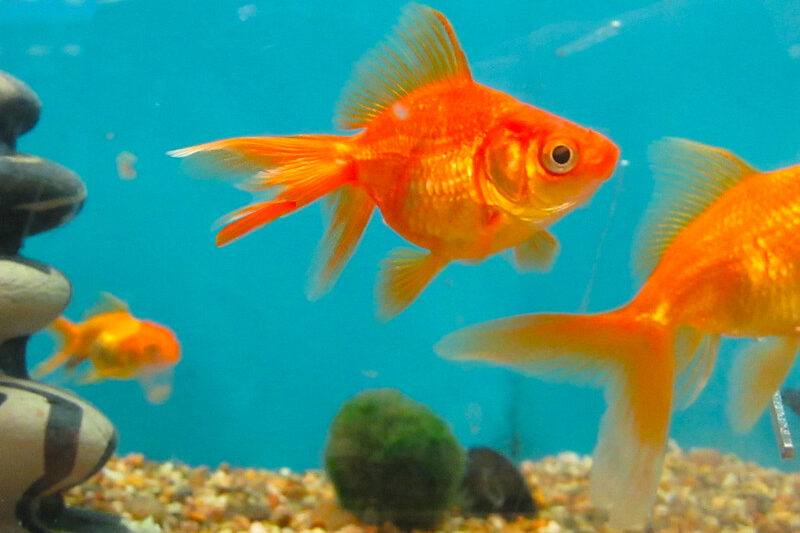
Almost every child believed goldfish could not remember anything longer than a few seconds. But that is completely false. Goldfish have been shown to remember things for months. They can recognize feeding schedules, familiar faces, and even learn simple tricks. They are smarter than most people think. The myth likely started because fish seem expressionless and quiet, so humans assumed they lacked awareness. In reality, they live in a world of pattern and rhythm, remembering enough to thrive in their environment. So that little goldfish in your childhood bowl probably knew you better than you thought. It waited patiently for food and recognized your movements with a memory much longer than three short seconds.
13. Porcupines Can Shoot Their Quills
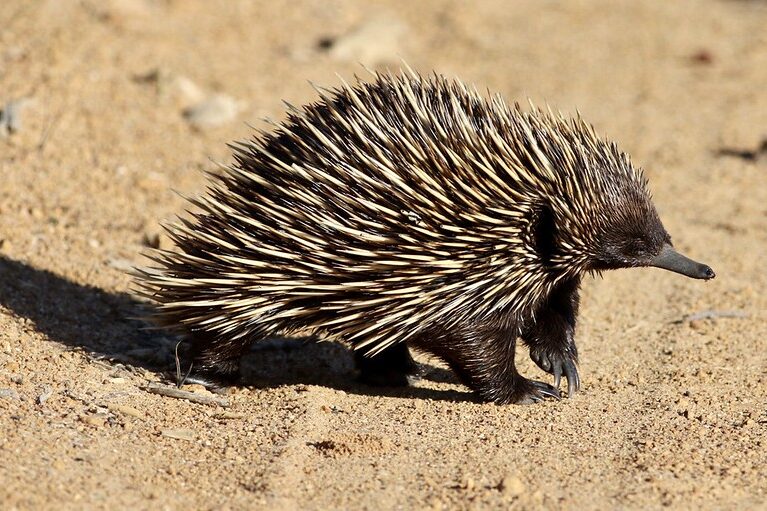
The idea that porcupines shoot their quills like arrows terrified so many kids. But quills do not fly through the air. They only detach when something touches them. Porcupines raise their quills when threatened, making them appear larger and scarier. The quills are sharp and barbed, which makes them stick easily if contact happens. The myth spread because animals or people who got too close ended up with quills lodged in their skin, making it seem like they were shot. In reality, porcupines use their quills defensively, not offensively. Their best strategy is warning, not attack. They are peaceful animals that only use their armor when absolutely necessary for safety and not for starting fights.
14. Ostriches Bury Their Heads in the Sand
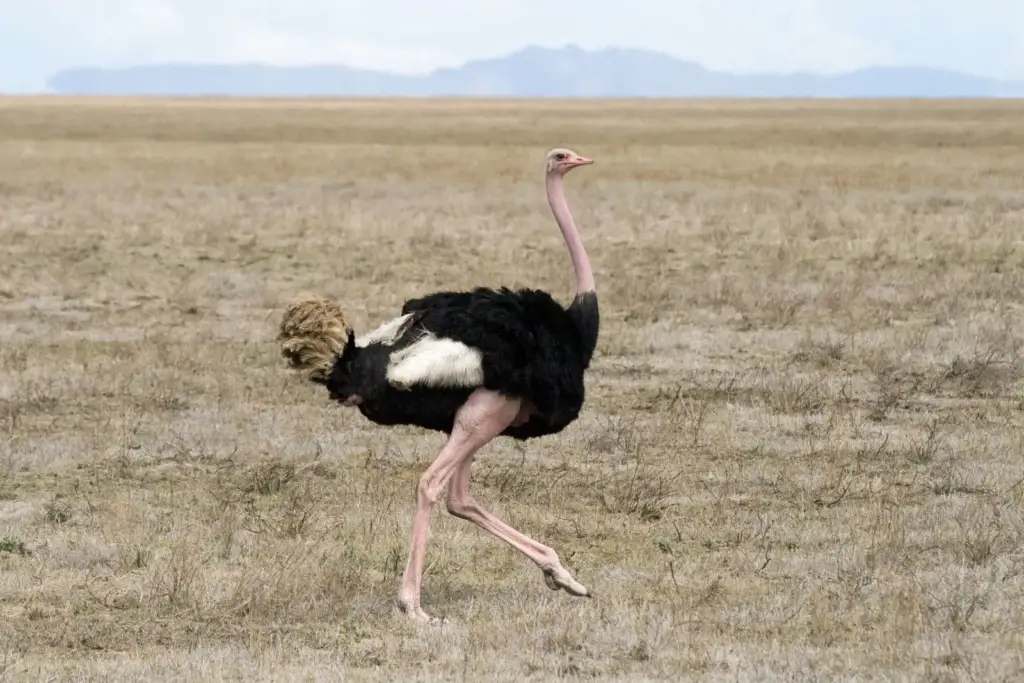
One of the most visual childhood myths was that ostriches bury their heads when scared. People imagined them hiding underground to avoid danger. But ostriches never do that. They lower their heads to check on their eggs or to blend into the landscape when they sense a threat. Their long necks and sandy feathers make it look like their heads disappear. In reality, when danger truly approaches, they do not hide. They run. Ostriches can sprint up to forty miles per hour, faster than most humans. The myth stayed popular because it seemed funny that such a large bird would try to hide. The truth shows they are far more alert and capable than that.
15. Cows Lie Down Because It Is Going to Rain
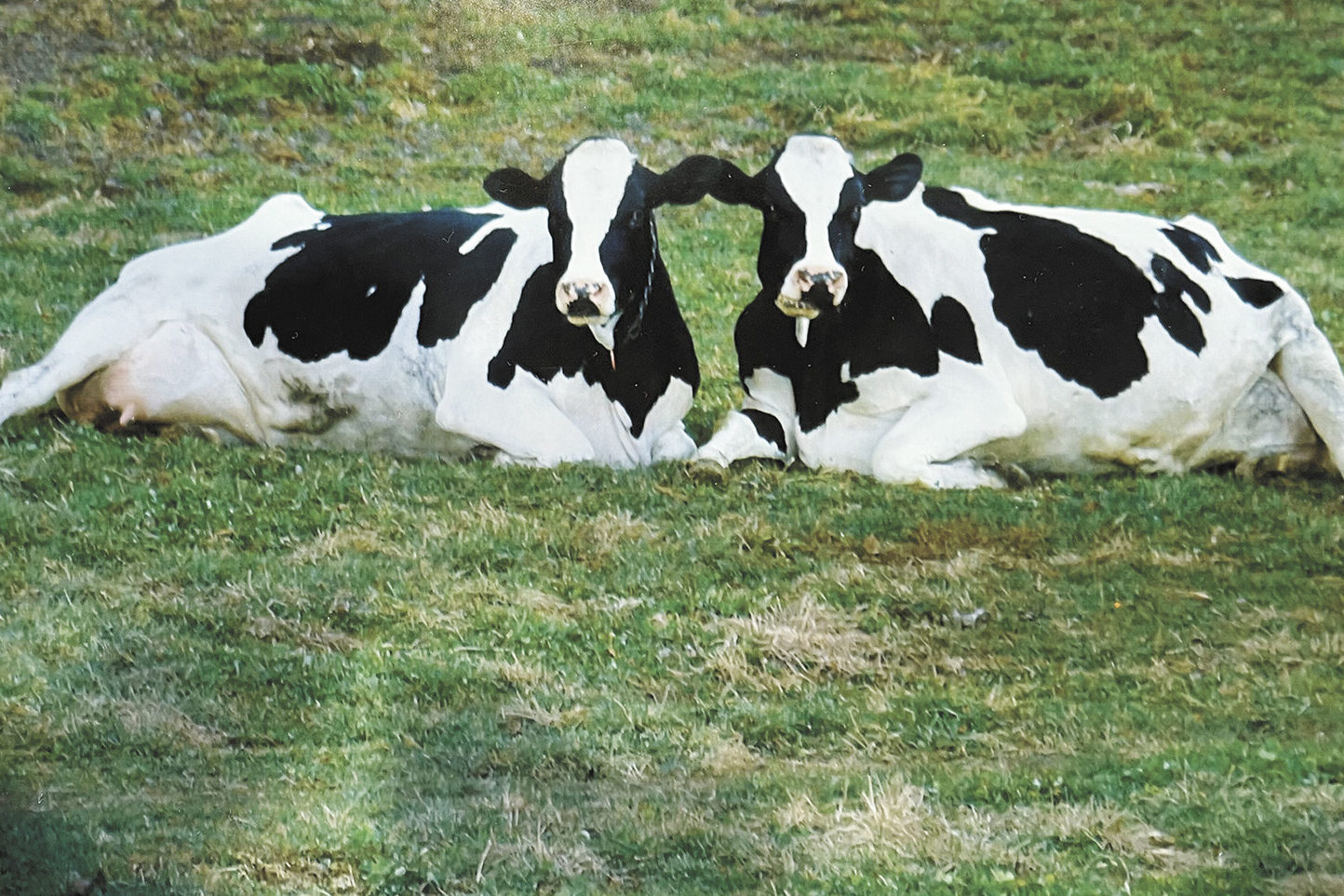
We were told that when cows lie down, rain is coming. Farmers and children used it as a natural weather forecast. The truth is simpler. Cows lie down mainly to rest or to chew their cud. Sometimes, they sit to keep a patch of grass dry under them, but it has nothing to do with predicting rain. Weather can affect animals, but cows are not meteorologists. The myth stuck because people loved connecting nature’s patterns to daily life. Watching cows felt like reading the sky. But science shows they are just relaxing, not warning of storms. The next time you see cows resting in a field, it might just mean they are comfortable, not forecasting rain.
16. Carrots Improve Night Vision

Every child heard that eating carrots could make you see in the dark. Parents encouraged it as a fun way to eat vegetables. The story actually began during World War II when the British spread it to explain their pilots’ success in night missions. It was meant to hide the secret of radar technology. While carrots do contain vitamin A, which helps maintain healthy vision, they do not enhance your ability to see in darkness. The myth lasted because it sounded both simple and magical. Carrots are good for your eyes, but they will not turn you into a superhero with night vision powers. They are simply a healthy part of a balanced diet.
17. Chameleons Change Color to Match Any Background
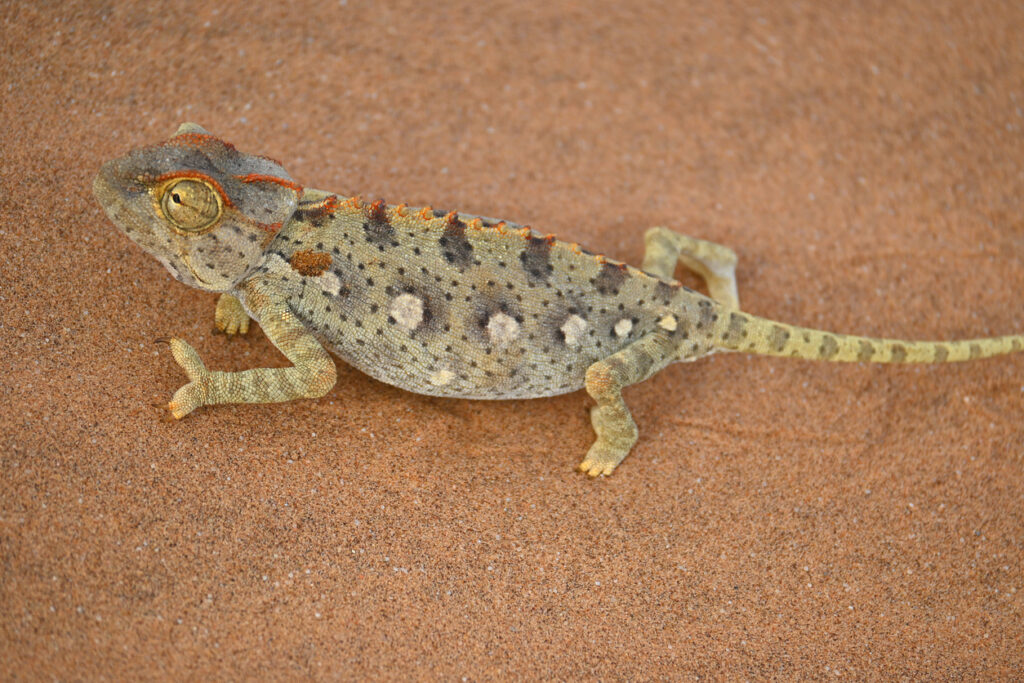
Cartoons made chameleons look like walking camouflage artists that could blend into anything. The truth is they change colors mainly to regulate body temperature, express emotion, or communicate with other chameleons. Their ability to blend in depends on their surroundings, but they cannot match every pattern or surface. The color shifts come from special skin cells that reflect light differently depending on mood or heat. The myth stayed alive because the idea of a creature disappearing into its background fascinated people. In real life, chameleons are more like living mood rings, revealing their feelings rather than hiding completely. Their color-changing trick is beautiful but not limitless like we imagined as children.
18. Sloths Are Lazy
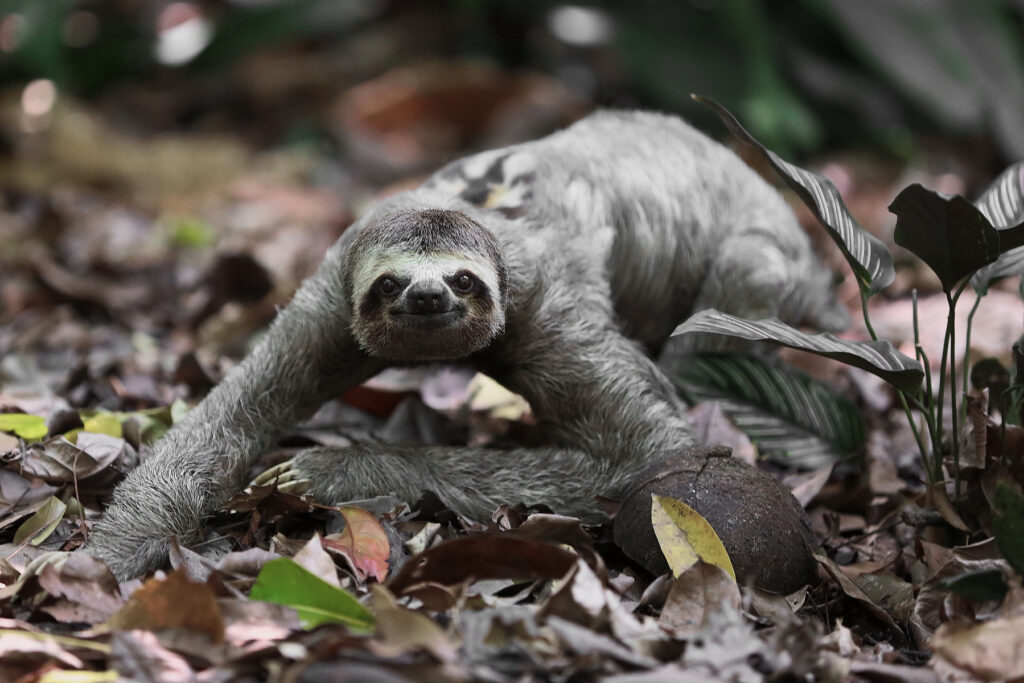
Sloths have long been called lazy because of how slowly they move. But slow does not mean lazy. Their sluggish pace is actually a brilliant survival strategy. Living on a diet of low-energy leaves, they conserve strength by moving carefully and resting often. They avoid predators by staying still, blending into their surroundings with patience. What looks like laziness is really perfect adaptation. Sloths live in a delicate balance with their environment. Every movement counts, and nothing is wasted. The myth of laziness came from comparing them to human energy, not understanding their rhythm. In the rainforest, sloths prove that quiet endurance can be more powerful than speed or constant activity.
19. Koalas Are Drunk on Eucalyptus
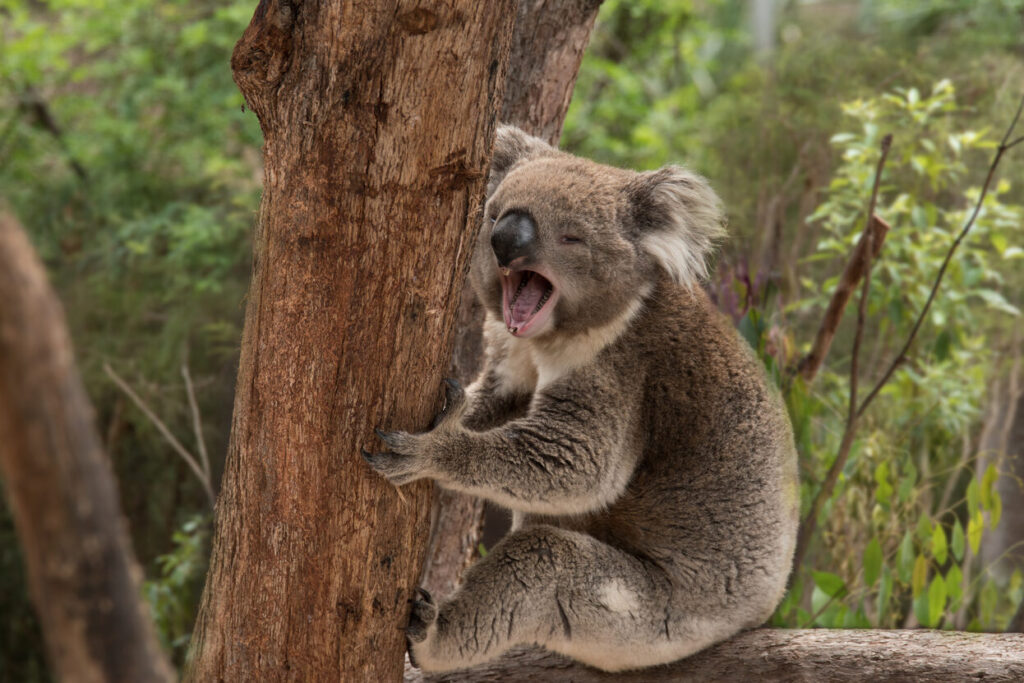
People often laughed about koalas being sleepy because they were supposedly drunk on eucalyptus leaves. In reality, those leaves are low in nutrients and slightly toxic, so koalas spend much of their day resting to conserve energy. Their slow, dreamy movement is about survival, not intoxication. They digest their food slowly and need long hours of sleep to stay healthy. The myth probably started because of their dazed, cuddly appearance. Koalas may look relaxed, but they are alert when needed and perfectly adapted to life among eucalyptus trees. Their calm nature is not caused by drunkenness; it is their body’s way of managing a tough diet and a demanding environment.
20. Pigs Are Dirty Animals
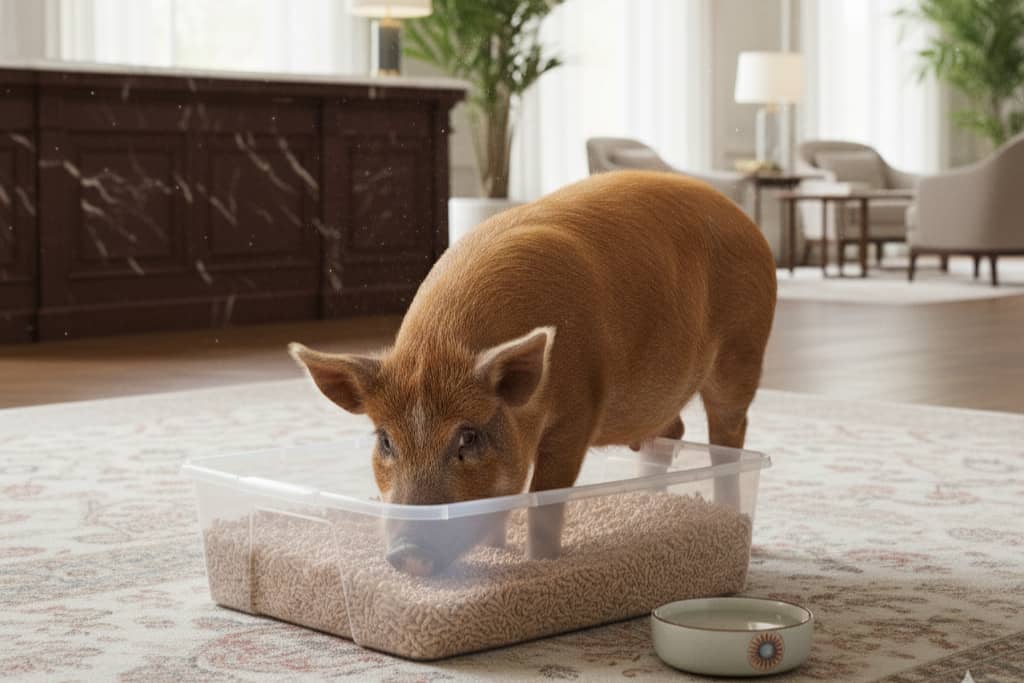
Pigs have been unfairly labeled as dirty creatures who love to roll in mud. The truth is they are very clean animals when given the chance. They roll in mud to cool off because they cannot sweat, not because they like filth. In the wild, pigs keep their sleeping and feeding areas separate and organized. The idea of pigs being dirty came from farm conditions where they had no choice but to live in cramped or muddy pens. In natural spaces, pigs enjoy cleanliness, companionship, and play. The myth lasted because mud became part of their image. But real pigs prefer comfort and hygiene just like most animals that value their peace and safety.
21. Touching Baby Birds Makes the Mother Abandon Them
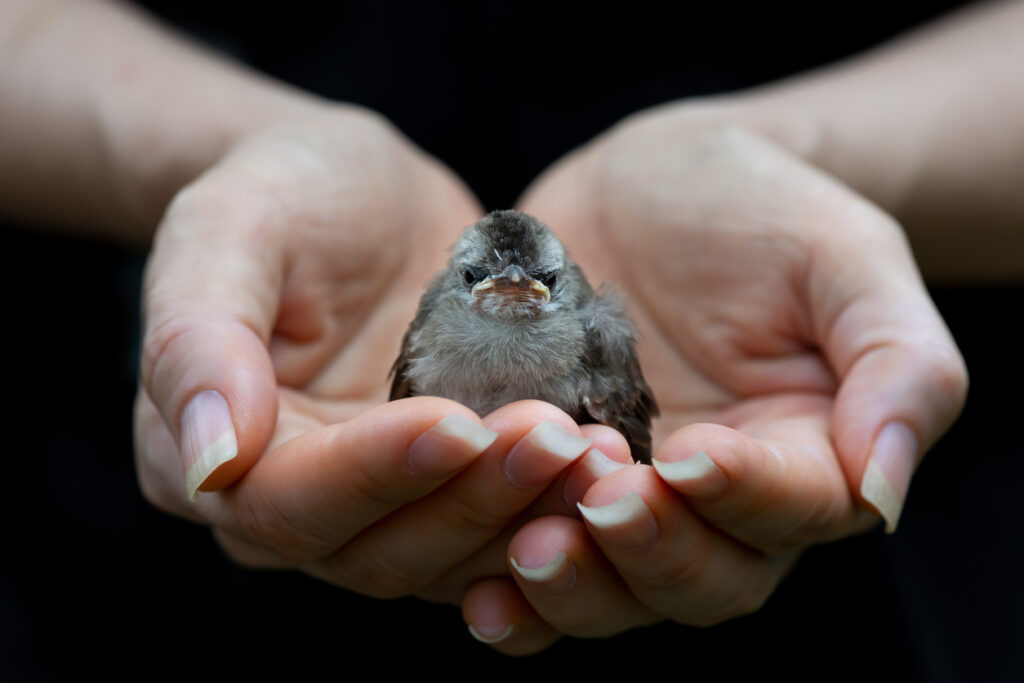
Parents often warned children not to touch baby birds because the mother would smell humans and abandon them. In truth, most birds have a very poor sense of smell. They will not reject their young if a human touches them briefly. However, it is still best to leave baby birds alone because human interference can stress them or expose them to predators. The myth spread because it was a simple way to teach kids not to disturb wildlife. The intention was good even if the science was wrong. So while touching a chick will not make its mother fly away forever, the safest and kindest choice is still to watch quietly and let nature handle care.
22. Alligators Live in Sewers
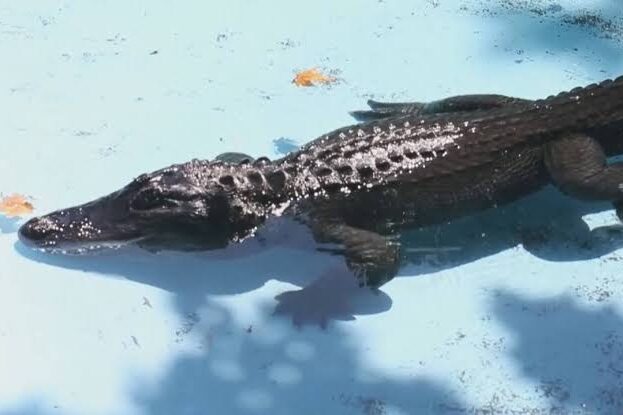
The urban legend about pet alligators flushed down toilets growing into sewer monsters fascinated every kid. But it is only partly based on truth. A few baby alligators were once found in city drains, but they could not survive long in such cold, dark conditions. The idea spread because it was thrilling and mysterious. People loved imagining dangerous creatures hiding beneath the city. In reality, alligators need warmth, sunlight, and open water to live. The myth became a mix of truth and exaggeration that made for great stories. It reminds us how easily imagination can turn small facts into giant legends that stick around long after they stop making sense.
23. Owls Can Turn Their Heads All the Way Around
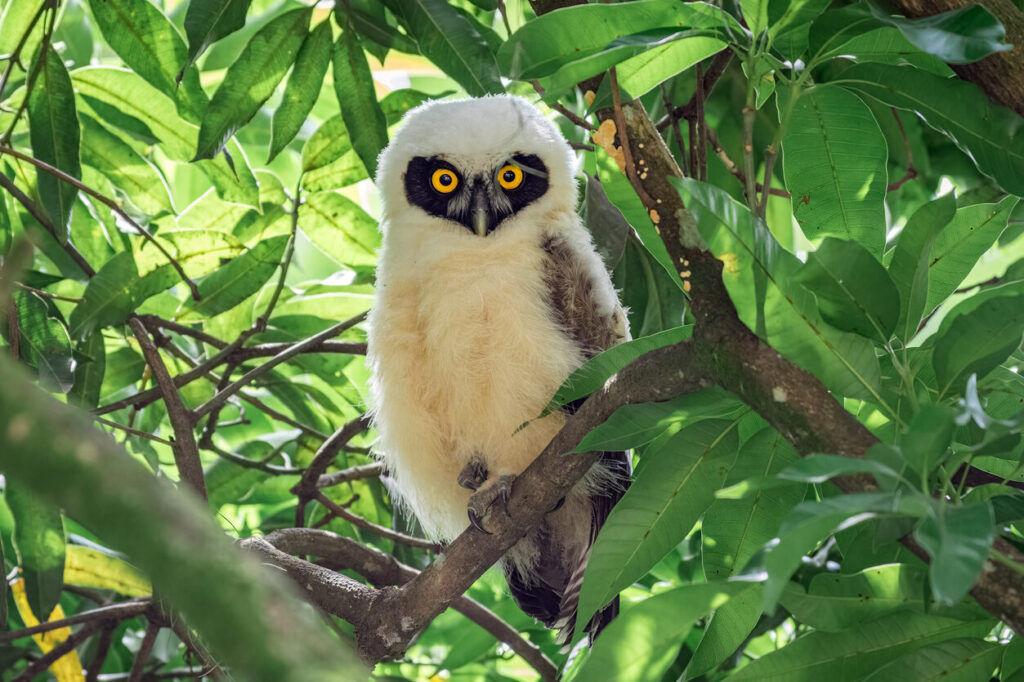
As kids, we were amazed by the thought of owls spinning their heads in a full circle. It looked like something from a cartoon, but it is not true. Owls can rotate their heads about two hundred seventy degrees, which is impressive but not complete. Their necks have extra bones and special blood vessels that let them move farther than most animals without cutting off circulation. This helps them see almost everything around them without moving their bodies. The myth spread because their movement seemed endless from certain angles. Owls are built for awareness, not full rotations, which is still an incredible skill for hunting and surviving quietly at night.
24. Fish Do Not Feel Pain
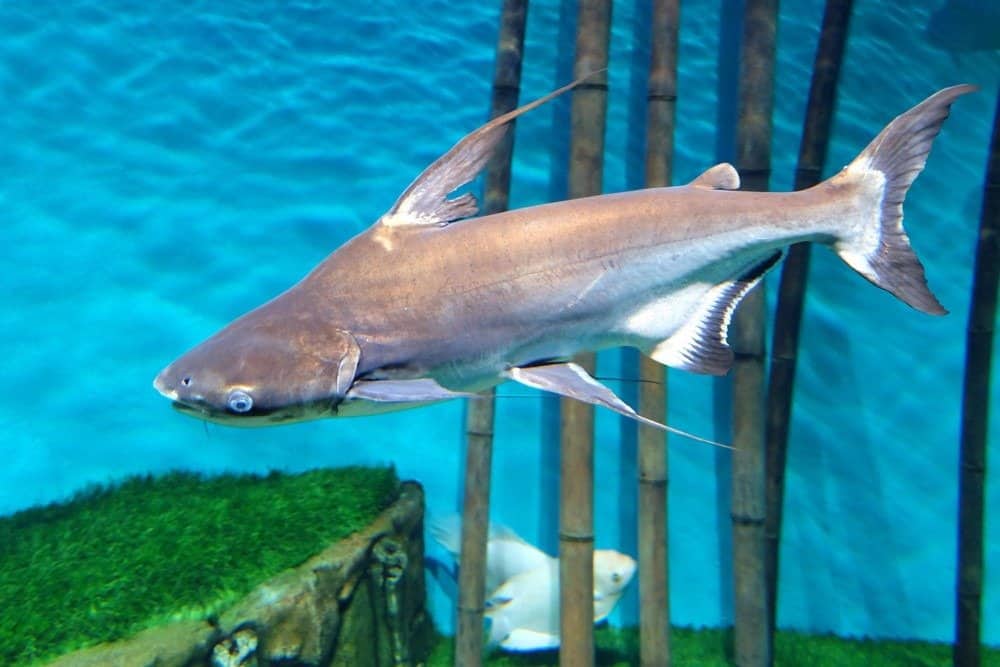
As children, we were told fish cannot feel pain, making fishing seem harmless. But fish are living creatures with complex nervous systems that respond to injury and stress. While their pain might not look like ours, it still matters. They react to harm and show signs of discomfort. The myth persisted because it was easier to believe they were unaware. Over time, people began to understand that all animals, even the quiet ones underwater, experience sensations that deserve respect. Fish may not cry or whine, but that does not mean they feel nothing. The truth is simple: being small or silent does not make their experience any less real or important.
25. You Cannot Swim After Eating

This classic summer warning told children never to swim after eating or they would cramp and drown. Parents used it to make kids rest after meals, but science shows there is no real danger. Light swimming after eating is perfectly safe. Digestion does not use enough blood to stop your muscles from working properly. The myth lasted because it sounded serious and protective. In truth, the only reason to wait is comfort, not safety. The story reminds us how easily small fears can grow into rules everyone follows without question. Sometimes, myths last not because they are true but because they are told with love and care meant to keep us safe.
Sometimes, the stories we grow up believing are just that—stories. But learning the truth makes the world even more fascinating. If you enjoyed uncovering these old myths, share this list with someone who still believes rabbits live on carrots and keep the curiosity alive for the next generation.
This story 25 Childhood Beliefs About Animals That Turned Out to Be Totally Wrong was first published on Daily FETCH


